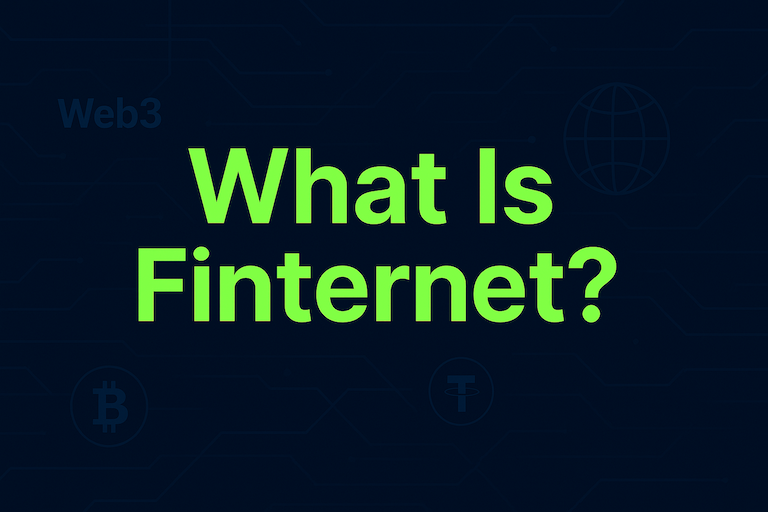What is a Coin Burn?
Jan 26, 2025
Coin burning is a unique and innovative mechanism in the cryptocurrency ecosystem that involves permanently removing a certain amount of a cryptocurrency's supply from circulation. This process is often implemented to influence the value of the token, incentivise holders, or regulate supply in a decentralised manner. This blog post explores the concept of coin burning, how it works, its purposes, and its impact on the cryptocurrency market. By the end, readers will have a deeper understanding of how coin burns are employed strategically in the ever-evolving world of blockchain technology. Whether you are a cryptocurrency enthusiast or a newcomer, this post will shed light on this fascinating aspect of the crypto economy.
Understanding Coin Burning
Coin burning is the act of intentionally destroying a specific amount of cryptocurrency to reduce its total supply. This is achieved by sending coins to an inaccessible wallet address, often referred to as a "burn address." Once coins are sent to this address, they can no longer be retrieved, rendering them permanently unusable. The process is typically verifiable on the blockchain, ensuring transparency and trust in the burning event. Coin burns are often pre-announced and executed publicly, allowing all participants to observe the process.
There are several key reasons why coin burning is employed in the cryptocurrency world. These include managing inflation, increasing scarcity, and aligning incentives within the network. Additionally, coin burns may be used as part of a token's governance or reward mechanism. Some projects adopt this method to demonstrate their commitment to long-term goals or to stabilise the token's value.
How Does Coin Burning Work?
The process of coin burning involves a straightforward but irreversible transaction. Developers or token holders initiate the burn by sending coins to a special burn address, which has no private key. Without access to a private key, no one can withdraw or use the tokens, effectively removing them from circulation forever. The blockchain ledger records these transactions, ensuring that the burned coins are accounted for and the event is transparent.
A typical coin-burning process involves the following steps:
The burning party, often a project or team, selects the amount of cryptocurrency to burn.
The coins are transferred to a burn address that is publicly known and inaccessible.
The transaction is verified and recorded on the blockchain for transparency.
The total supply of the cryptocurrency is updated, reflecting the reduced circulating amount.
The burning event may be announced and explained to the community to communicate its purpose and benefits.
While the technical steps are relatively simple, the strategic reasons and timing behind coin burns vary significantly depending on the project's goals.
Why Do Projects Burn Coins?
Projects burn coins for various strategic reasons, which often depend on their underlying goals and economic models. The primary motivations include controlling inflation, incentivising holders, and creating a deflationary effect. Burning coins can be an effective tool for tokenomics, aligning supply and demand dynamics with the project's vision. Additionally, some projects use burns to reward stakeholders or to bolster trust and confidence in their ecosystem.
One common reason for coin burning is to increase scarcity. By reducing the total supply, the remaining tokens in circulation may become more valuable if demand remains constant or increases. Coin burning can also be used to balance inflationary pressures that arise from mining or staking rewards. Furthermore, some projects conduct burns as a way to distribute rewards indirectly, benefiting holders by enhancing the value of their assets.
Benefits of Coin Burning
Coin burning offers several benefits to cryptocurrency ecosystems, including improved token economics and increased trust among participants. The act of reducing supply can create a sense of scarcity, which can positively impact the token's perceived value. Additionally, it demonstrates the project's commitment to long-term goals and value creation. Transparency in the burning process builds confidence in the community, ensuring that stakeholders feel involved and informed.
Challenges and Criticisms of Coin Burning
Despite its advantages, coin burning is not without challenges and criticisms. Some critics argue that it can be a marketing gimmick rather than a genuinely effective economic strategy. Additionally, the success of coin burning depends heavily on demand dynamics, as reducing supply alone may not guarantee an increase in value. There is also the risk that coin burns may be poorly timed or misinterpreted by the market, leading to unintended consequences.
Real-World Applications of Coin Burning
Coin burning has been employed in various ways to achieve specific goals in cryptocurrency ecosystems. Some projects use it to stabilise token prices, while others leverage burns as part of their governance or reward mechanisms. For example, projects may burn a portion of transaction fees or tokens collected from certain activities, creating a deflationary effect. This can incentivise participation and align the interests of all stakeholders.
In addition to its economic purposes, coin burning can be used to signal commitment to the community. By voluntarily destroying a portion of tokens, developers or teams demonstrate their dedication to the project's vision and values. This can foster trust and loyalty among participants, strengthening the ecosystem as a whole.
Some typical applications of coin burning include:
Adjusting the circulating supply to achieve specific economic goals.
Rewarding token holders indirectly by enhancing token value.
Balancing inflationary pressures caused by staking or mining.
Supporting decentralised governance by tying burns to voting outcomes.
Demonstrating long-term commitment to the project's sustainability.
Each application highlights the flexibility and utility of coin burning as a tool in cryptocurrency tokenomics.
Start your safe cryptocurrency journey now
Fast and secure deposits and withdrawals, OSL safeguards every transaction !


